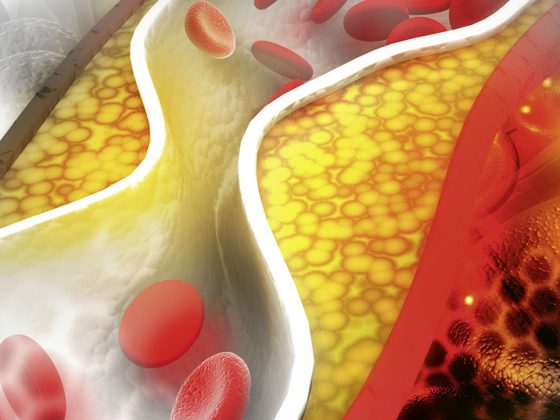As a large Norwegian study showed, patients with multiple sclerosis (MS) have a higher risk of developing cancer – particularly of the respiratory and central nervous systems – compared with the general population. This is something that treating physicians should pay greater attention to, as delayed diagnosis could significantly affect treatment outcomes.
Using prevalence studies and the Norwegian MS Registry, researchers collected data from patients with MS born between 1930 and 1979. The study included 6883 patients, 8918 of their siblings, and 37,919 individuals from the general Norwegian population who served as “healthy controls.” Over a 65-year follow-up period (from 1952, when the cancer registry was established, to 2017), the overall cancer risk was 14% higher in patients with MS than in non-MS population controls. This higher rate was particularly evident in cancers of the respiratory tract, including lymphoma and leukemia, urinary organs, and central nervous system.
Smoking as a trigger
One explanation for the increased cancer risk in MS patients could be smoking. Previous studies from Norway have shown that MS patients are more excessive smokers compared to the Norwegian population, which may explain the respiratory tumors. Inflammation, a hallmark of MS, may contribute to an increased risk of meningioma.
Although the researchers did not look in detail at the MS subtypes, they note that the cancer risk is likely to be evenly distributed and that the same inflammatory processes are involved.
No higher risk than siblings
Another finding of the study was that MS patients did not have an increased risk of cancer compared to their own siblings. This finding may be associated with a much lower risk of hematologic cancer in these patients compared with their siblings. This might have something to do with the close connection between immune cells and the hematological system. While a previous study in Sweden showed that hematologic cancers increased in fathers of MS patients, this is the first time it has been seen in relatives of the same generation.
Source: 5th Congress of the European Academy of Neurology (EAN).
InFo NEUROLOGY & PSYCHIATRY 2019; 17(6): 39 (published 11/23/19, ahead of print).











